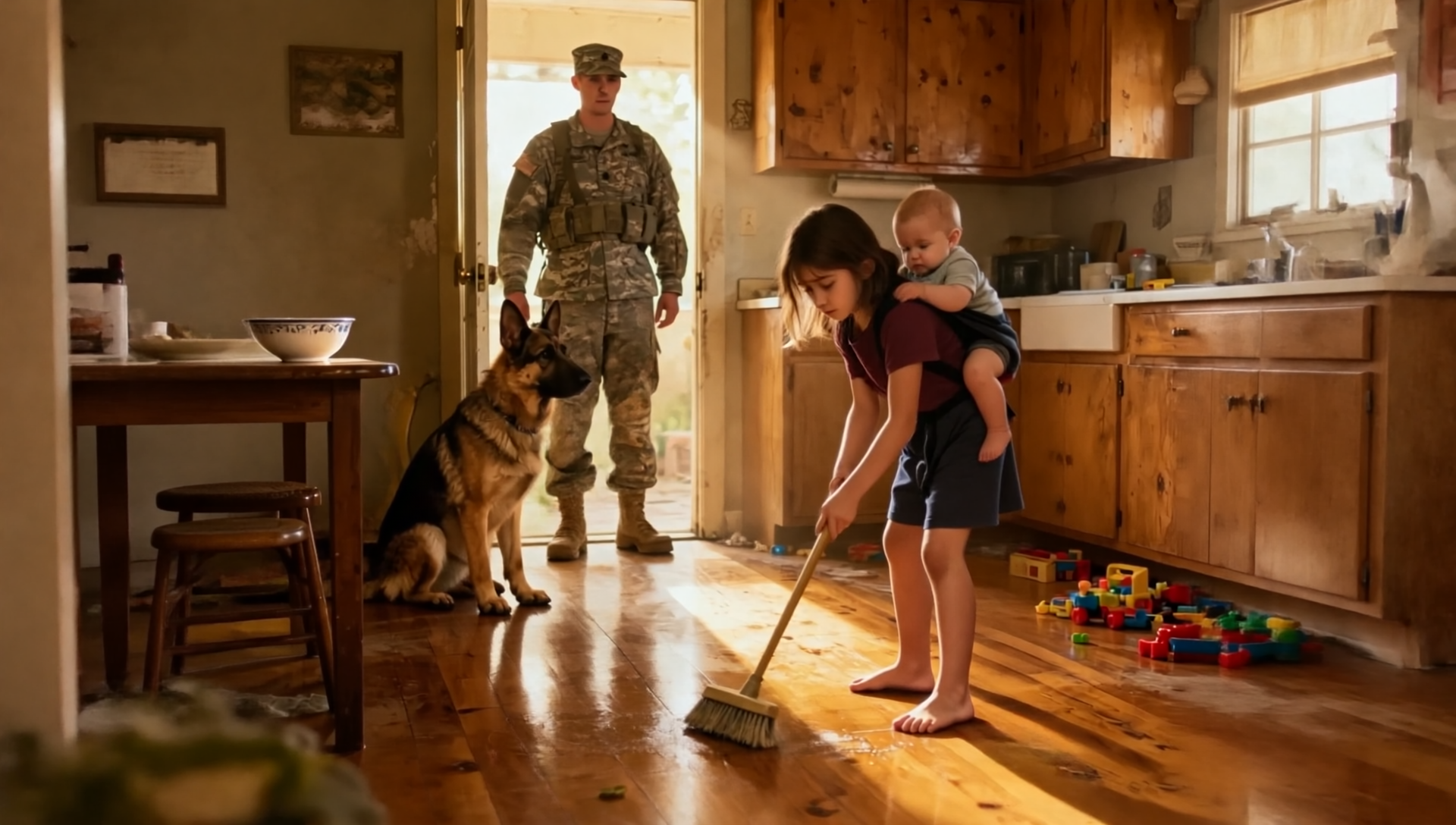Mark, a 34-year-old business traveler, found himself at the center of a common airplane controversy: the seat recline debate. Fresh off a sleepless night and a triumphant client presentation, he boarded a delayed six-hour flight, physically and mentally drained. Standing at 6’3”, Mark had paid a premium for an aisle seat, seeking a touch of comfort to ease his exhaustion.
Once the seatbelt sign dimmed, he promptly reclined his seat fully, eager to find some rest. Moments later, a sharp cry came from behind: “I can’t breathe!” The woman seated there, eight months pregnant, felt the abrupt recline compress her abdomen uncomfortably.
Exhausted and irritated, Mark replied, “Then fly first class,” slipped on his headphones, and drifted into sleep for most of the journey. Later, a flight attendant quietly passed him a note from the woman.
In it, she shared her story—she was traveling to visit her dying mother for the final time, unable to afford a seat with more space. The recline had caused her significant pain and distress. Now, Mark finds himself wrestling with guilt.
His wife believes he acted thoughtlessly, while his brother argues he was well within his rights to use the seat’s recline function. What’s your take? Is reclining a seat an automatic privilege, or does courtesy—and compassion—demand more consideration at 30,000 feet?







